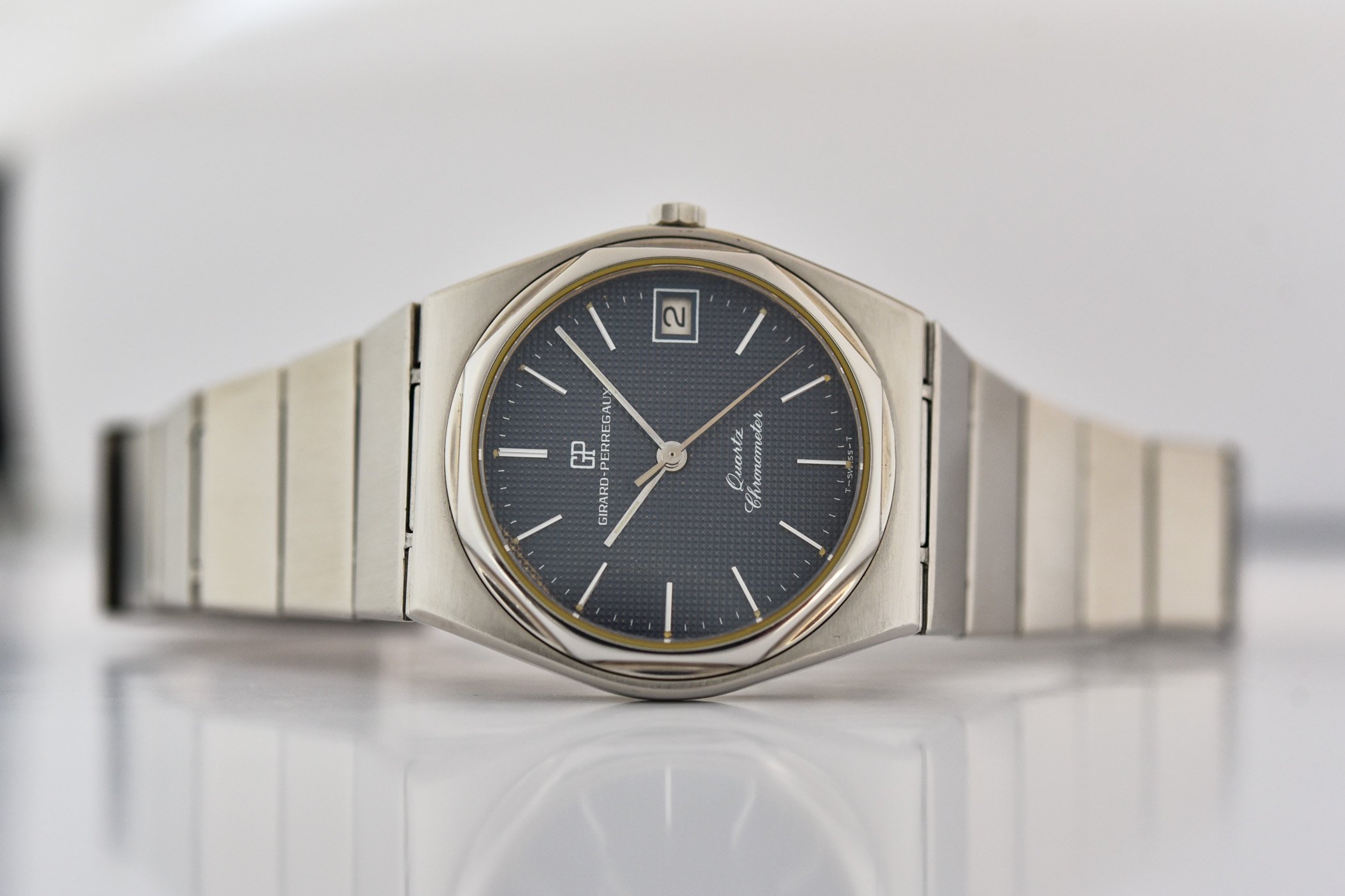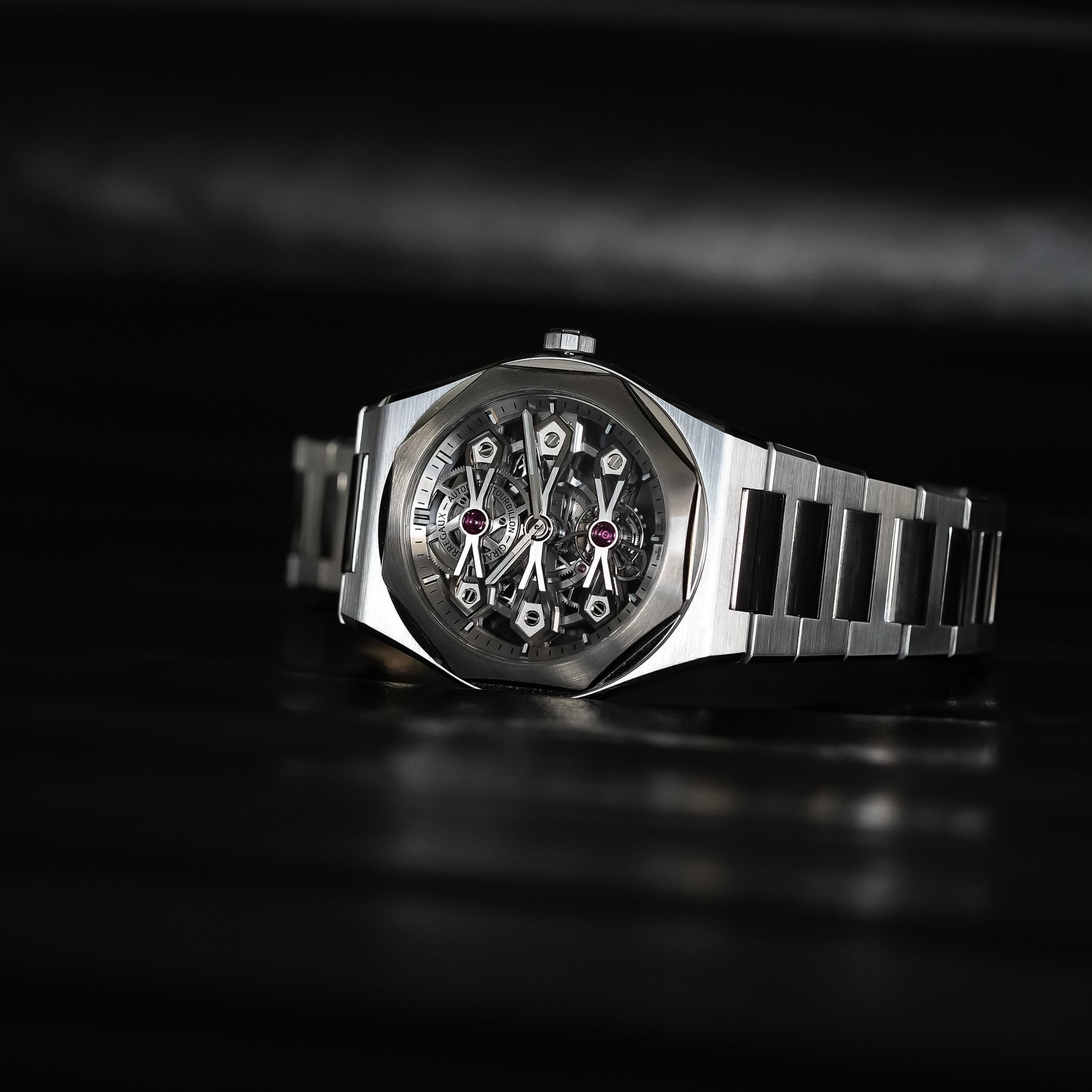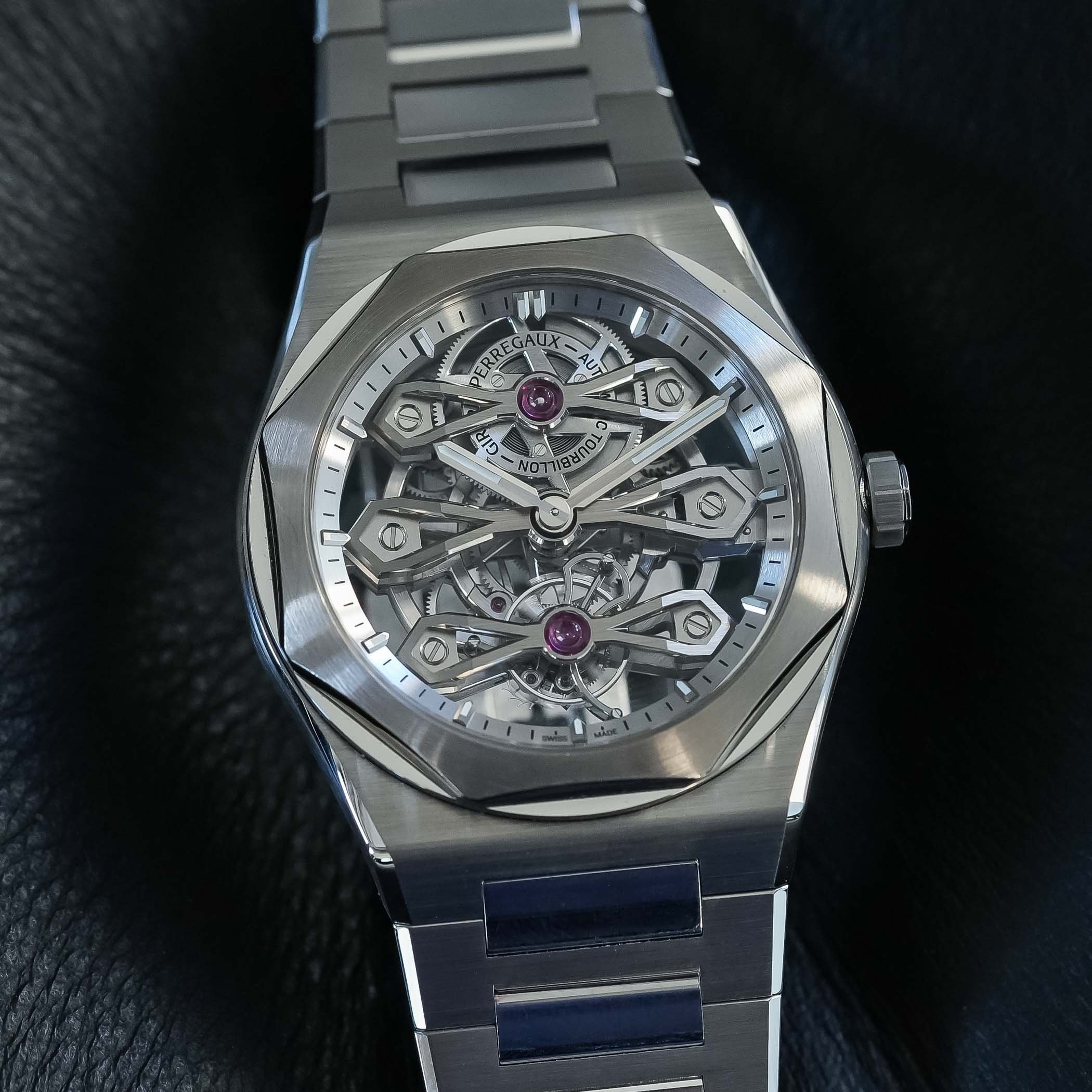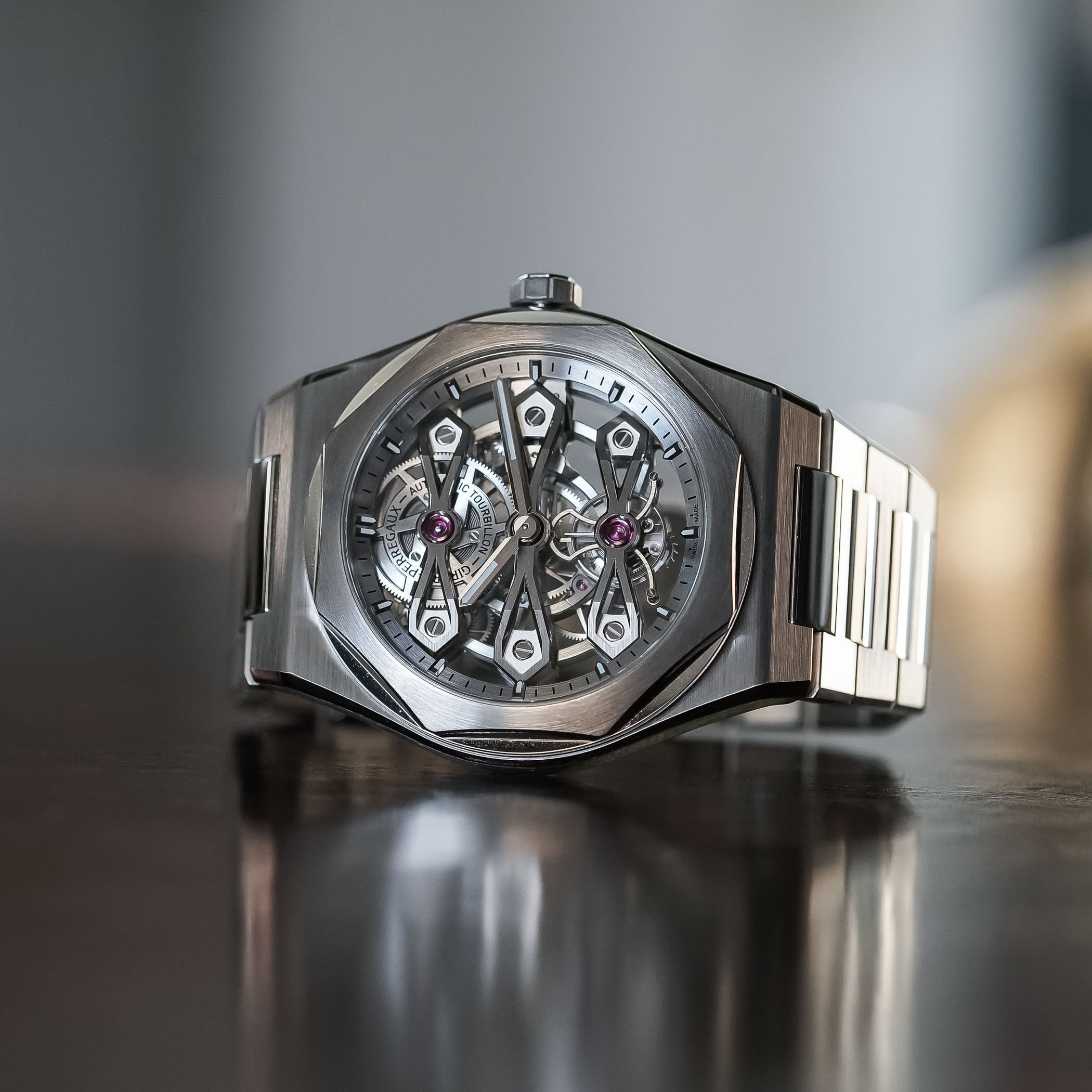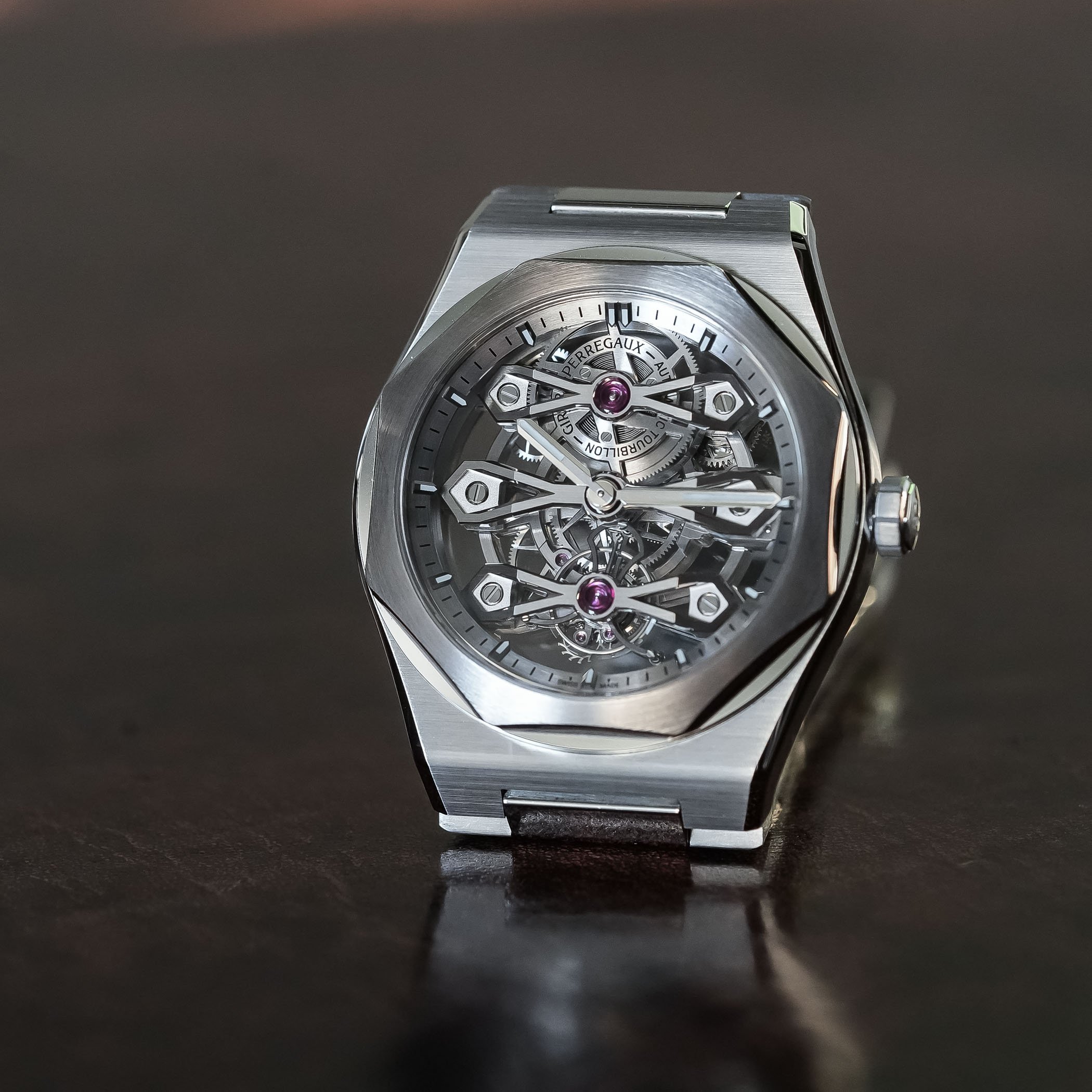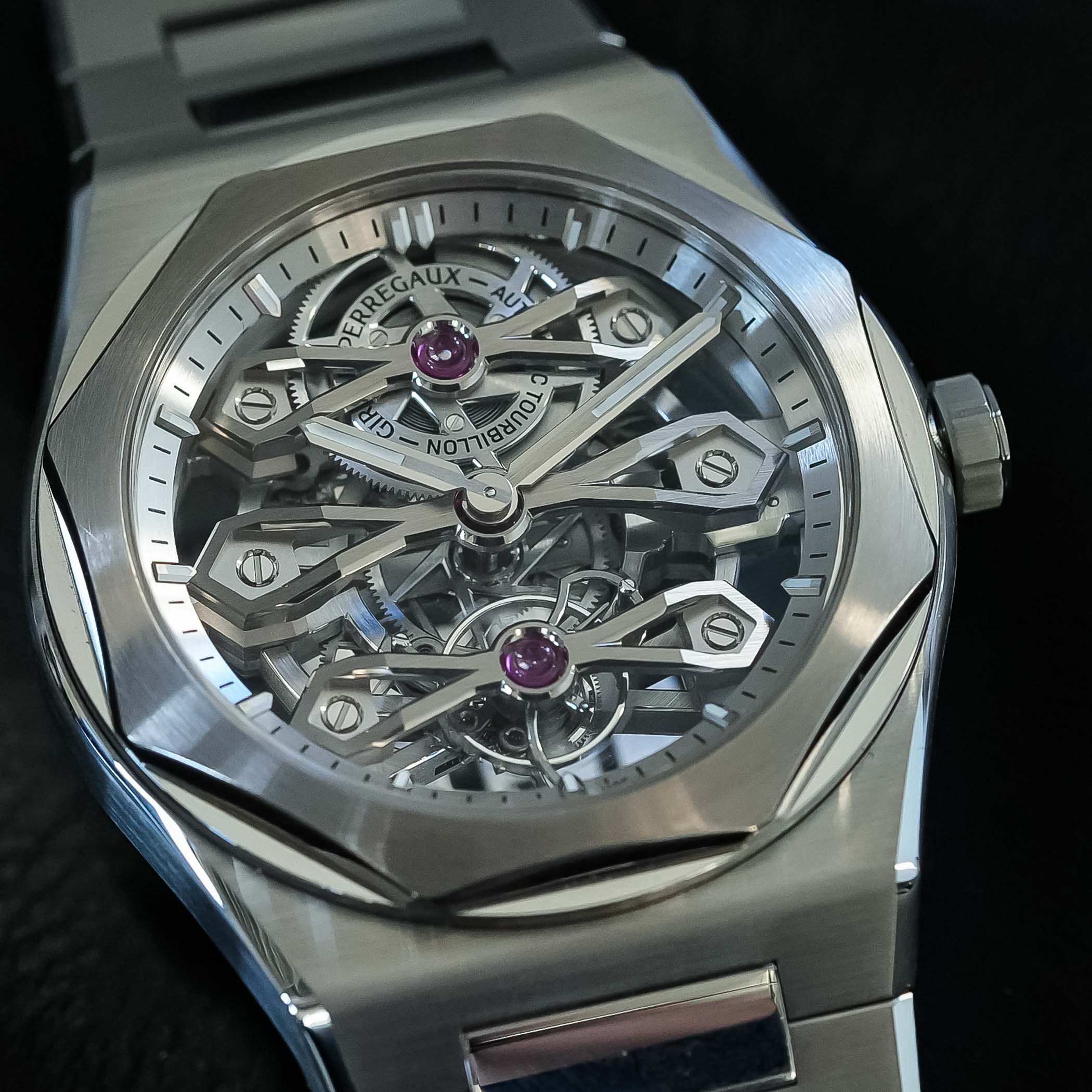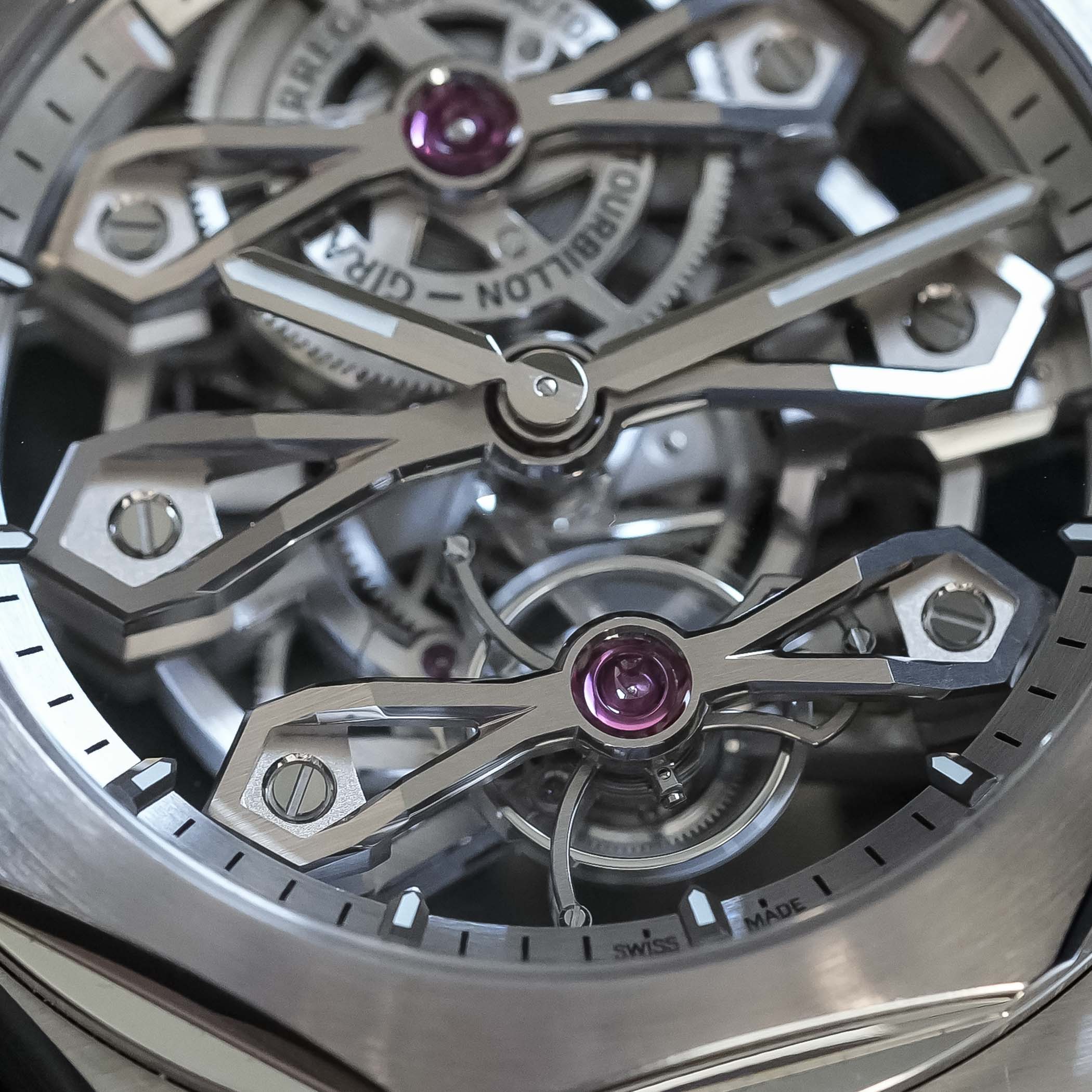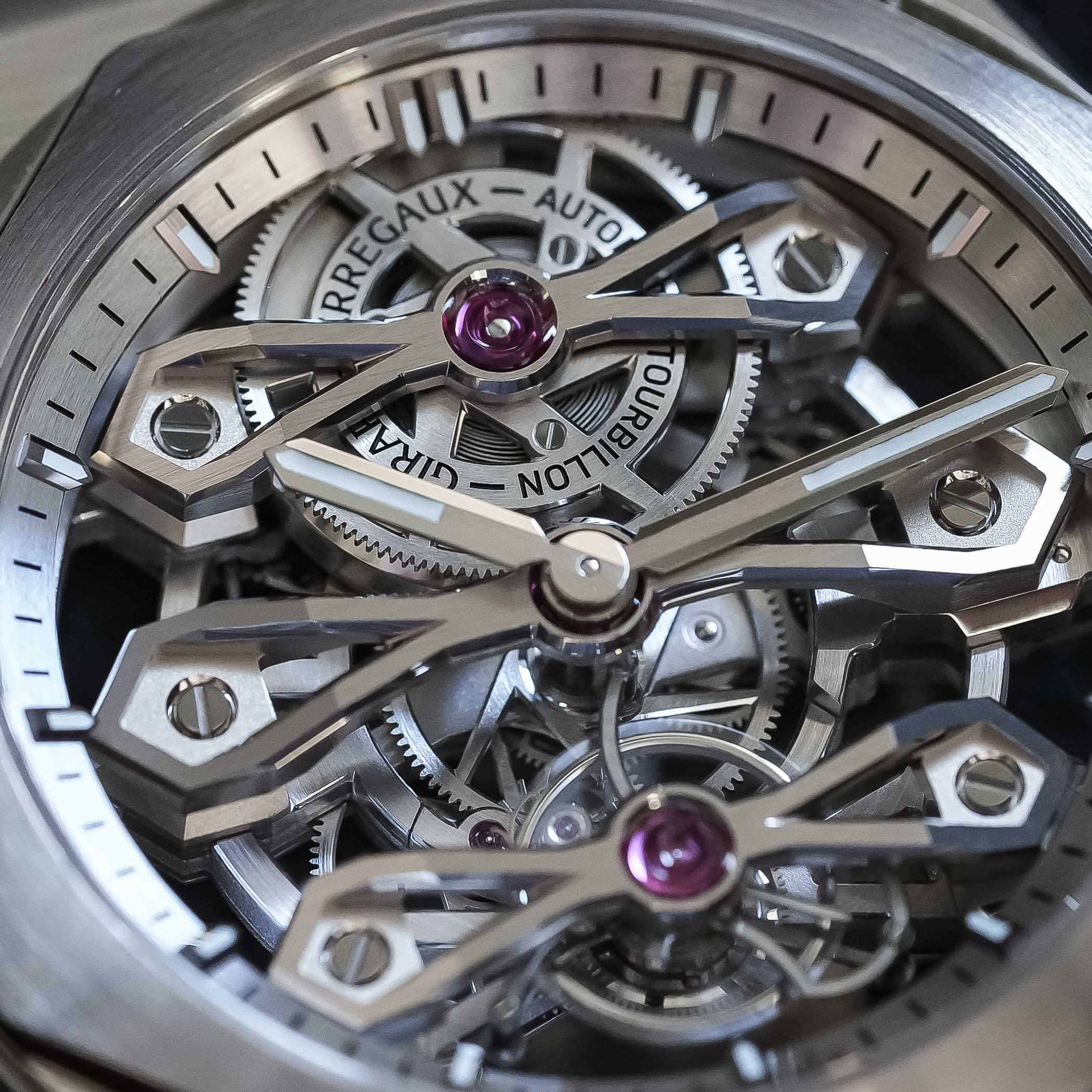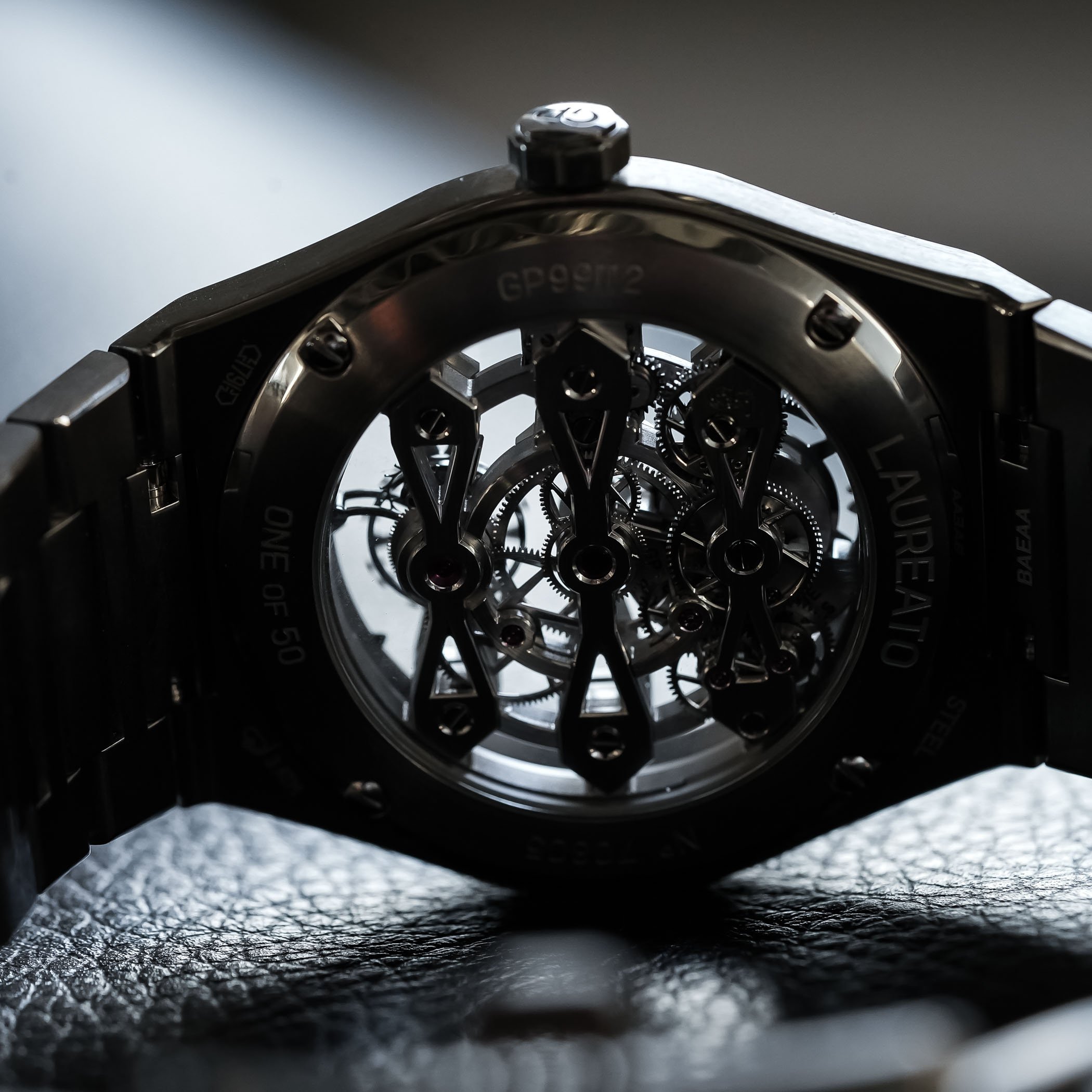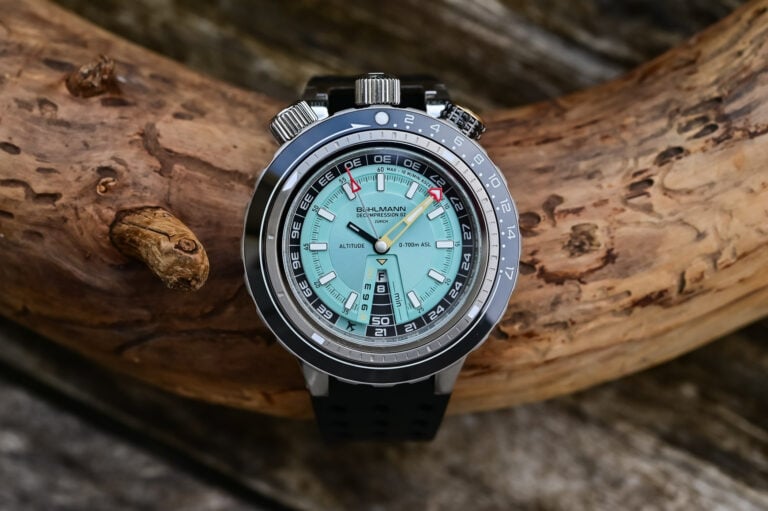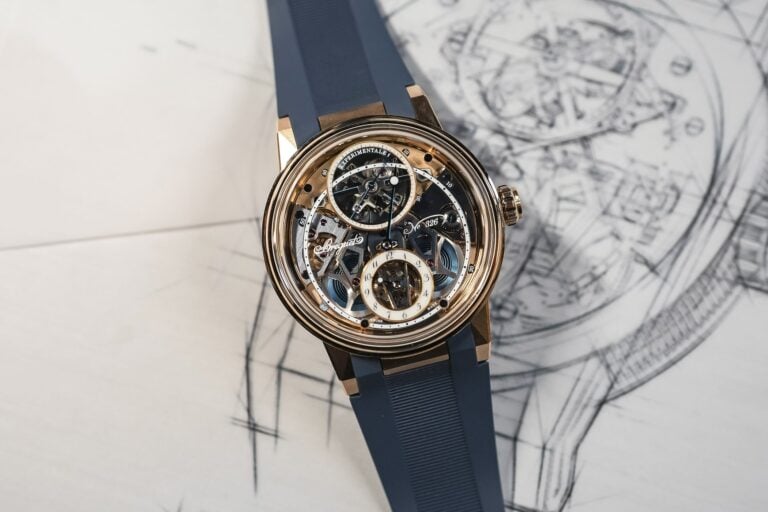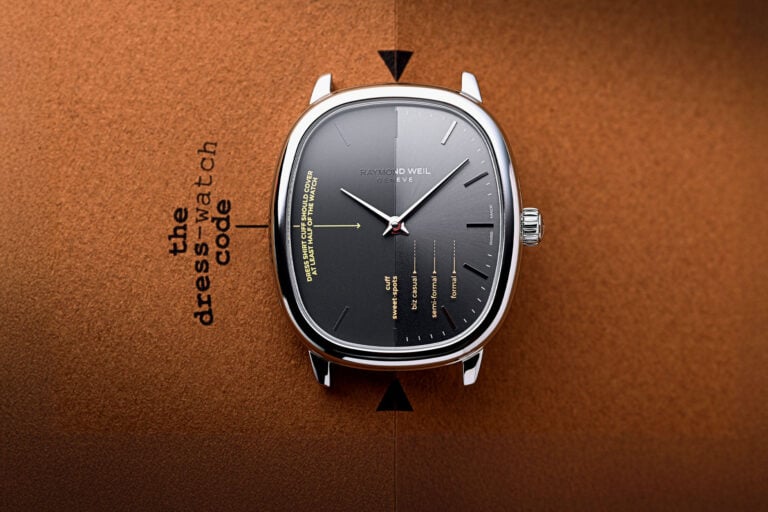The New Girard-Perregaux Laureato Three Gold Bridges, Merging Past And Present (Incl. Video)
Combining the latest generation of the Laureato with the iconic Three Bridges design results in one seriously good-looking watch!
After the release of what is regarded as the blueprint of the first integrated sports watch in 1972, others quickly followed, including Girard-Perregaux. Launched in 1975, the Laureato was the brand’s answer to the growing demand for a watch with an integrated design. It is one of the earliest, yet also one of the most important, in the genre. And although the Laureato has evolved in various directions over the years, key elements are still upheld in today’s collection. Following the Laureato Fifty, a revamped version of the classic time-and-date model, Girard-Perregaux now bridges past and present in the frame of the model’s 50th anniversary, with the stunning Laureato Three Gold Bridges.
The Girard-Perregaux Laureato was one of the precursors of the genre that is widely considered to have been defined by Audemars Piguet and Gérald Genta with the Royal Oak. The archetype was defined as follows: a sporty yet unmistakably luxurious watch, featuring an integrated bracelet and an ultra-thin calibre. The Laureato appeared in 1975, just three years after Audemars Piguet’s trailblazing Royal Oak, and a year before another icon, the Patek Philippe Nautilus. The decade also saw the birth of other legendary models such as the IWC Ingénieur, the Piaget Polo, the Vacheron Constantin 222 and the Cartier Santos (in its modern integrated design iteration).
The second generation was introduced in 1984, which was similar to the first-gen Laureato and also came with quartz movements only. That changed with the third generation of the Laureato, which was introduced in 1995. That also launched Girard-Perregaux’s own ultra-thin automatic calibre 3000, at a time when very few were developing and producing mechanical movements in-house. Fast forward to 2025, and we’re set to celebrate the 50th anniversary of the Laureato.
The Laureato Three Gold Bridges
From the outside, this Three Gold Bridges edition is every bit a Laureato. The 41mm wide by 10.85mm tall stainless steel case follows the shape of the current collection to the wire, and also has that screw nut-like design for the white gold bezel. The finishing, in line with the Laureato Fifty, has been updated all around, as broader polished bevels contrast with a circular satin brushing. There’s a sapphire crystal on both sides, the crown has an octagonal shape to match the bezel, and the watch is water-resistant to 30 metres.
Time is read on an openworked dial construction. The circular flange on the outer perimeter holds the applied hour markers, while a pair of central hands indicates the hours and minutes. These are finished with Super-LumiNova inserts, and the small seconds are located on the tourbillon cage at 6 o’clock. As there really is nothing more in terms of a dial, you’re immediately drawn in to what lies beneath, which is what matters perhaps even more.
The in-house calibre GP9620, running at a rate of 21,600vph, is basically a see-through movement. Its construction is light and airy, luring you in to discover the many details that make it such a spectacular looking movement. It’s a classic GP construction, featuring its three horizontal bridges, a design seen in multiple watches from the brand. And don’t be fooled into thinking this is a manually wound movement. The platinum micro-rotor is cleverly hidden behind the barrel, which is suspended by the top bridge.
The centre bridge holds all the gear train and the keyless works, while the lower bridge is reserved for the tourbillon escapement. The lyre-shaped tourbillon cage is crafted in lightweight titanium and is given a small hand to signal the running seconds. The vertical alignment creates an unparalleled symmetry, with your view cascading downwards to that tourbillon, every time you check the time. The entire movement is finished to the higher standards, with no fewer than 418 hand-polished bevels, of which 362 are inward angles. The whole composition is simply stunning.
Availability & Price
Naturally, the Laureato Three Gold Bridges comes with an integrated stainless steel bracelet. Similar to the Laureato Fifty, the folding clasps come with a convenient micro-adjustability system, which gives you a couple of millimetres of play during the day. Only 50 pieces will be made, with a price of CHF 162,000 excluding VAT. There’s also a diamond-set version available, which is also limited to 50 pieces and comes at a price of CHF 219,000. A staggering sum of money for sure, but this is a very special watch altogether. It combines the very best of Girard-Perregaux in terms of style, complexity and finishing, and is a true devotion to watchmaking craftsmanship.
For more information, please visit Girard-Perregaux.com.

